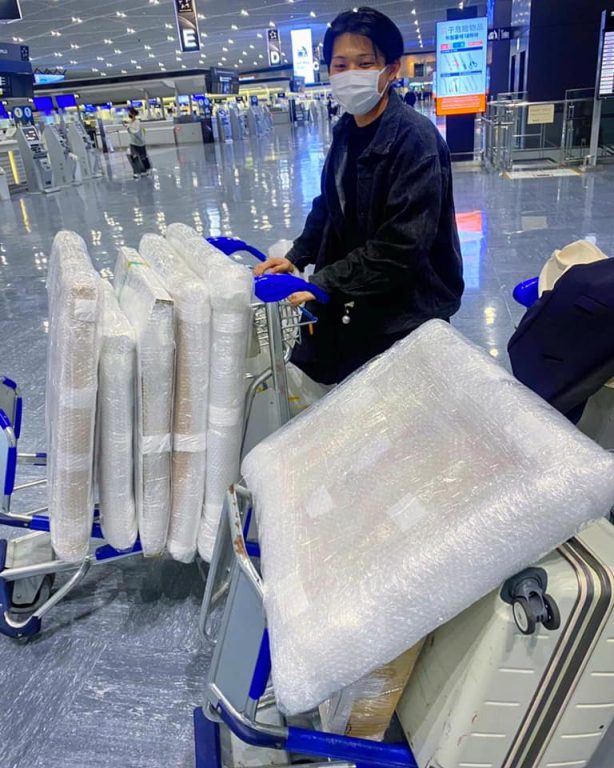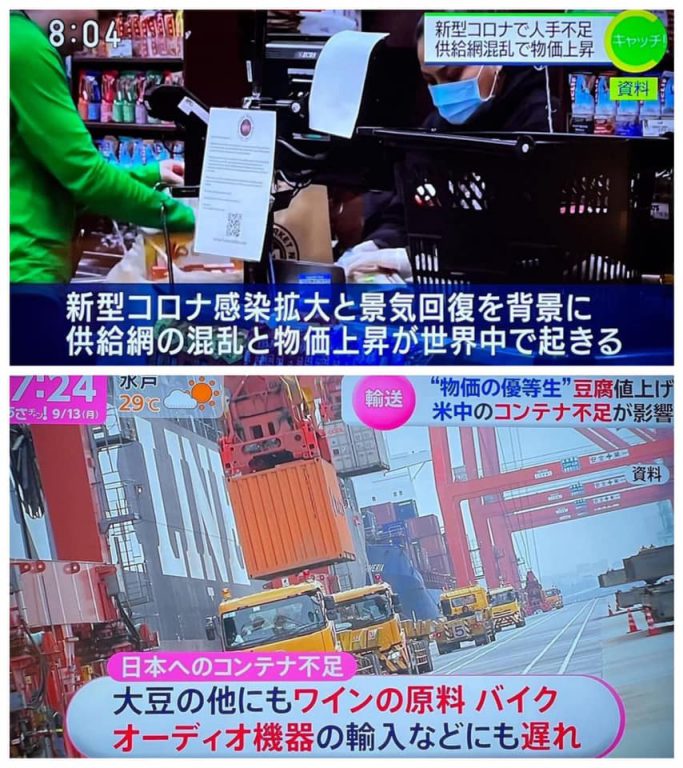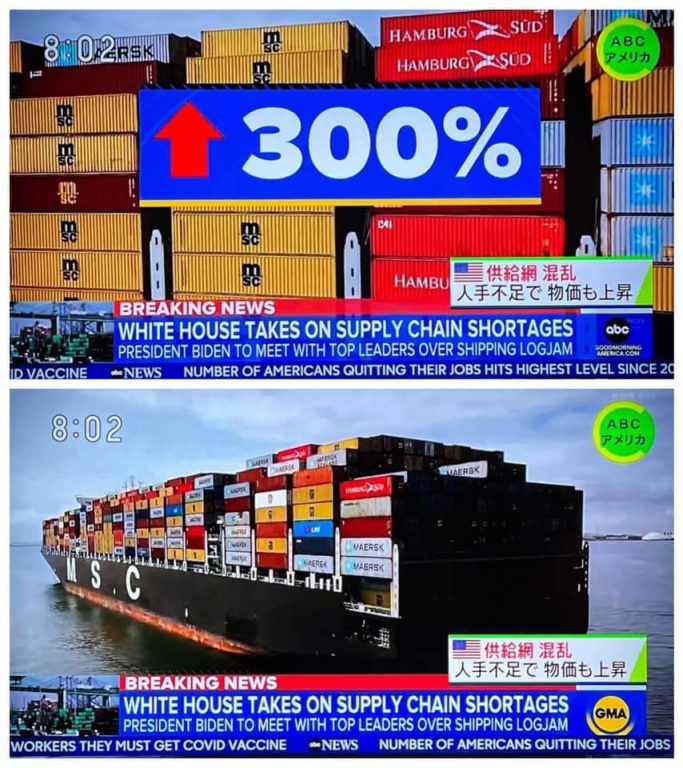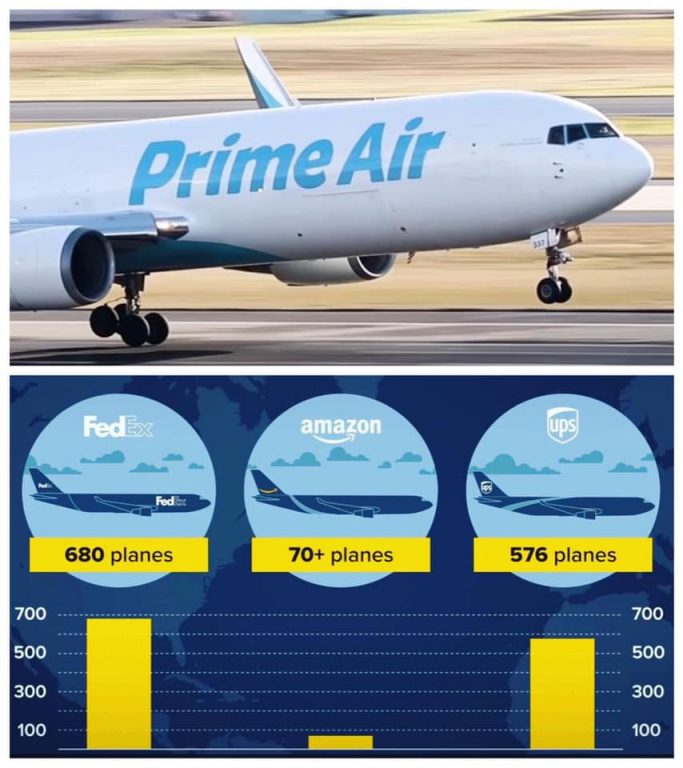Speedy Gallery : Online and Corona raise logistics costs and prices!

Since Corona, transportation costs have skyrocketed, and artworks have been unable to be shipped from Japan to Los Angeles.
Although it may not seem like much in Japan, where people spend most of their time in isolation, soaring transportation costs have become a serious problem for the global economy. Let me explain the background. In Japan, this kind of news is almost unheard of!
The main causes are airline flight reductions and reduced human flow due to Corona, and a shortage of manpower at the port due to stayhomes.
President Biden met with the head of the Port of Los Angeles and proposed making the port open 24 hours a day and improving the treatment of workers on the bay, but the situation remains too stagnant to be easily resolved. e-commerce will dramatically increase delivery volume, and convenience is stagnating distribution. The “C” is a term used to refer to a group of people who are working in the same industry.
For example, the iPhone that we all use is developed in the U.S., designed in the U.K., semiconductors in Taiwan, components in Japan, and manufactured in other parts of the world. Even a single iPhone is made up of such a global supply chain.
Demand for PCs due to telework, demand for TVs due to stay-homes, and demand for cars due to people not wanting to take the train have skyrocketed, resulting in a shortage of semiconductors. The shortage of semiconductors has led to production cutbacks, and the negative chain of events has become more and more serious. When airplanes are forced to cut back on flights and shipments cannot be unloaded, transportation of all kinds of parts is delayed and factories close, which in turn slows down production.
In the U.S., prices have risen 5.4%, and in France, the cost of transporting goods from abroad is now six times higher than before. Even toys have increased in price because toys cannot reach Europe from China by Christmas. The cost of transportation will continue to rise for the foreseeable future.
One container (20 feet) from Japan to Los Angeles used to cost about 700,000 yen before Corona, but now it costs about 3-5 million yen.
Since I run a gallery in Los Angeles, I always have shipping costs from Japan in mind. I have always had the cost of shipping from Japan in mind, especially for sending a group of artworks for an exhibition at one time by flat rate container shipping. Shipping by airline is too costly due to the weight, and is not very useful.
This time, for the first time in 20 months, a new exhibition is opening at Speedy Gallery Los Angeles, so the staff took it upon themselves to bring a little bit of it with them in checked luggage! Since the contents will be checked at Narita, I have learned the technique of repackaging on site. This will be the way for a while.
Let’s just know that the more we get online, the tougher the logistics will be!
Convenience is driving up prices.
◆ Postscript
Amazon is the quintessence in such a situation!
The new business is strengthening its transportation capabilities. Originally created to make space travel possible, Amazon Prime Air is being transformed into a full-fledged cargo airline; it was established as a subsidiary of Amazon in December 2015.
The fleet consists of two types of aircraft, Boeing 737 and 767, and the operational fleet is about 70 aircraft. It has already operated several flights to Japan from Osaka Kansai Airport.
Prime Air already delivers 80% of Amazon products in the U.S. and will begin delivering non-Amazon products to compete with Fedex and UPS. First, the company began experimenting with handling between the UK and the US on a trial basis.
Amazon Prime Air has plans to transport packages to the customer within 30 minutes of the order via drone delivery service in the near future.
Amazon Is Quietly Shipping Non-Amazon Orders To Compete With FedEx, UPS









